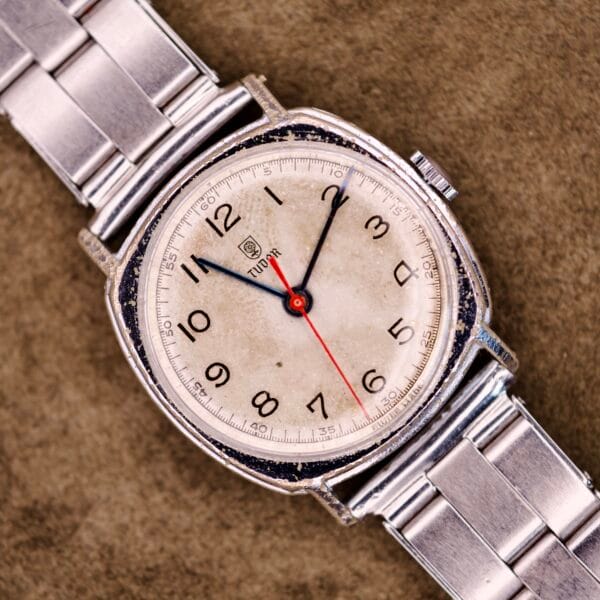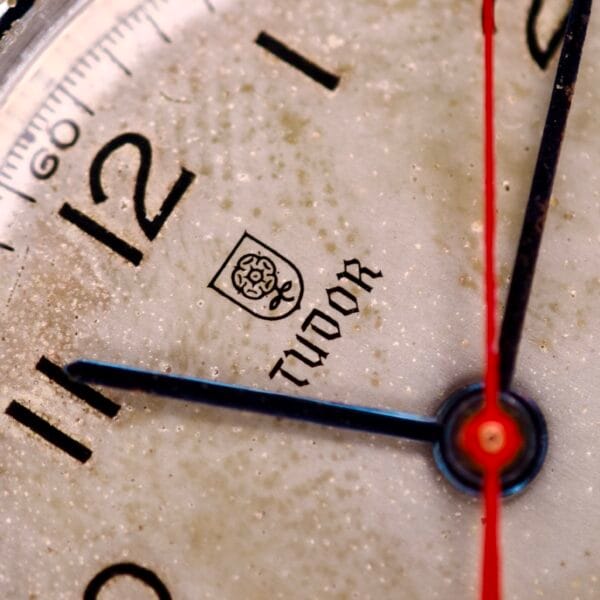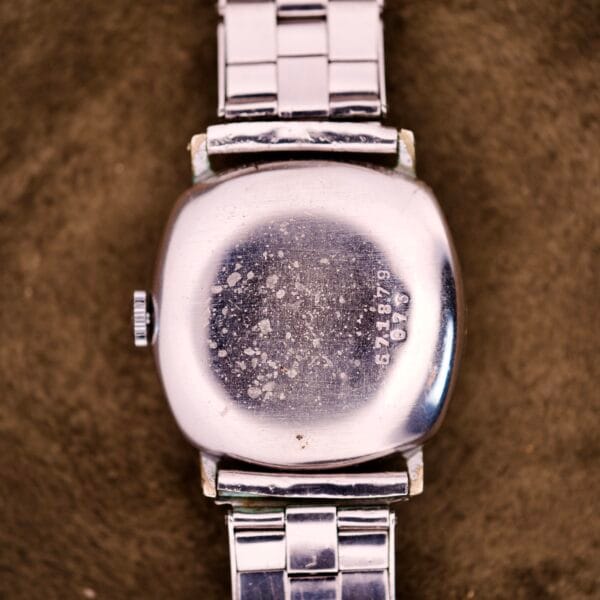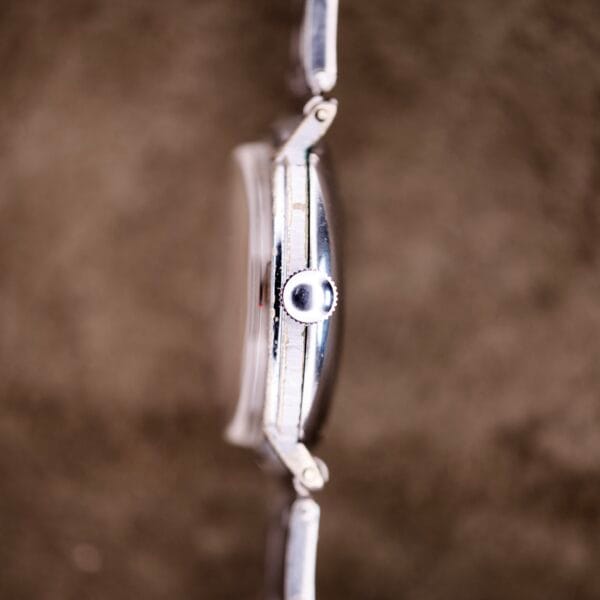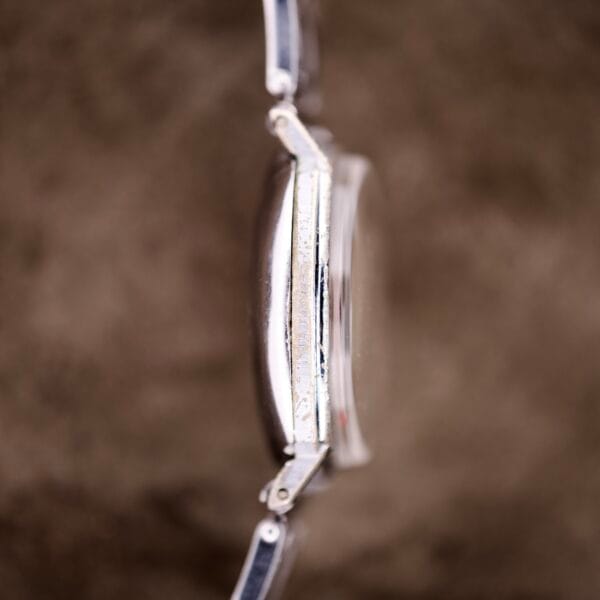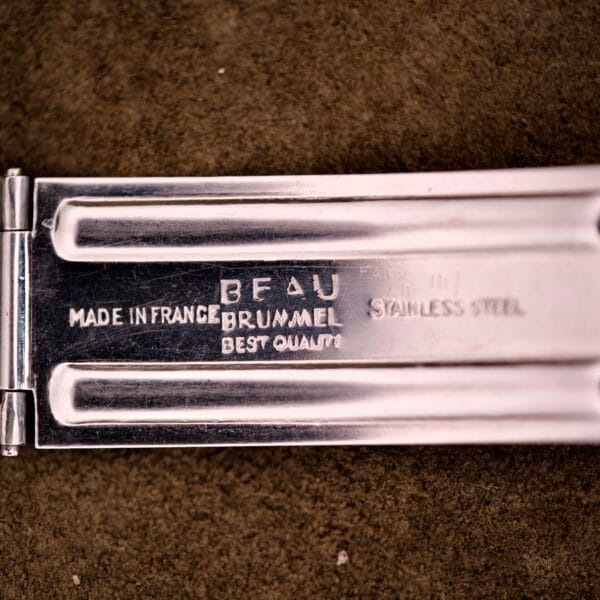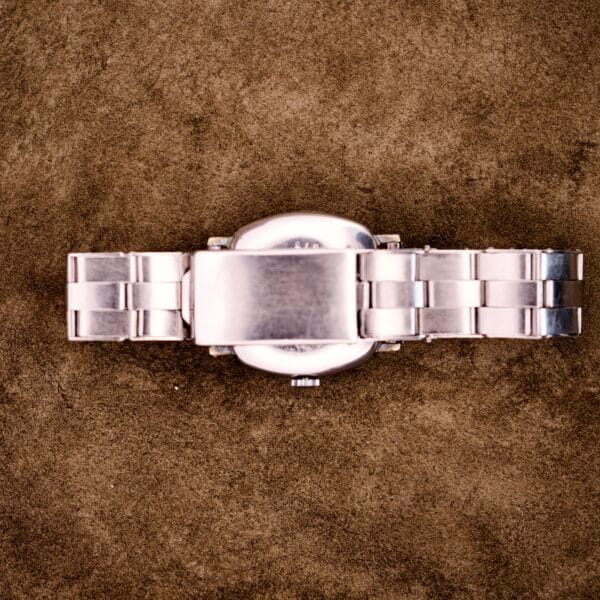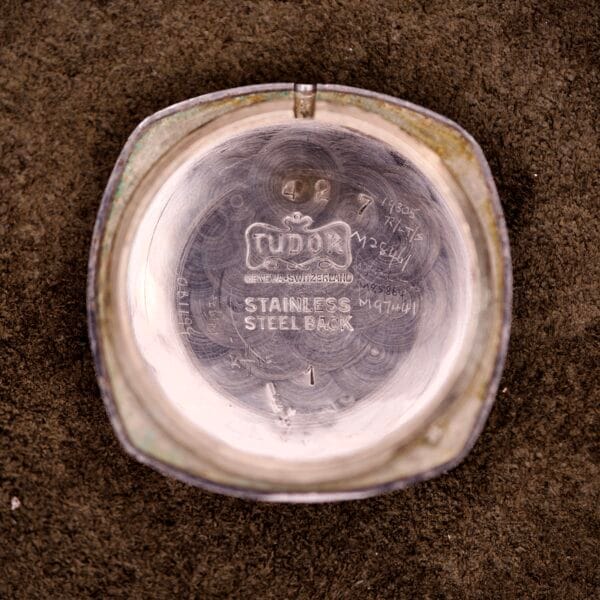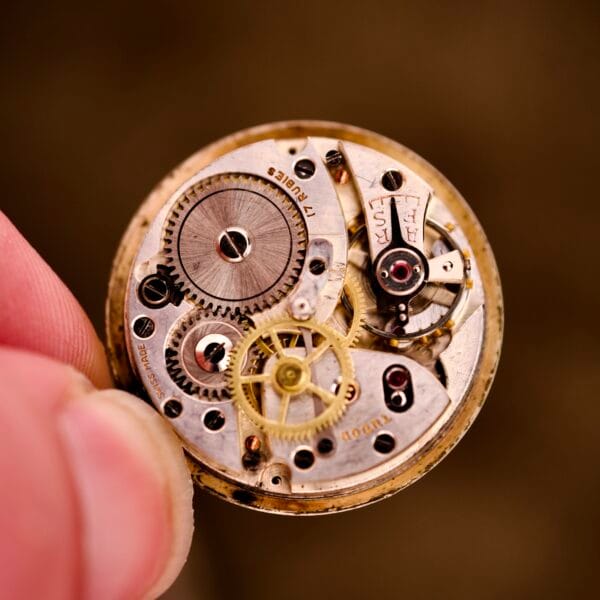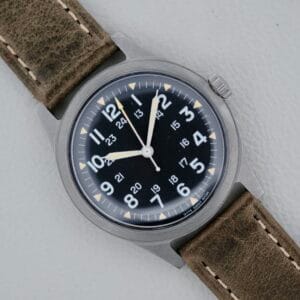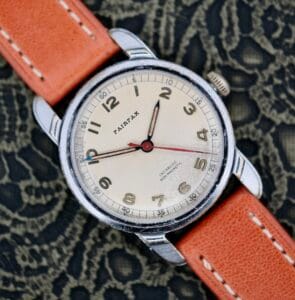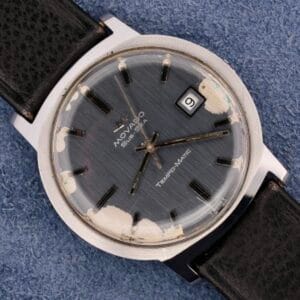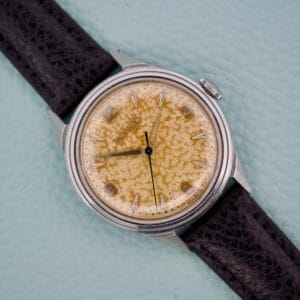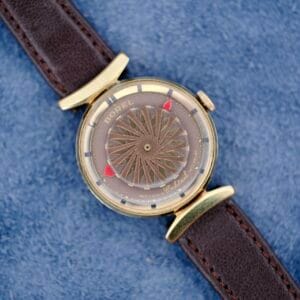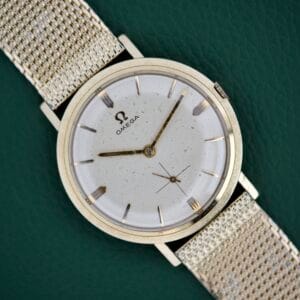Before the Black Bay, before the Pelagos, before even the Oyster case, there was simply Tudor. To us, these very early models from the 1930s are some of the most fascinating and historically important pieces the brand ever produced. They represent the foundational vision of Hans Wilsdorf himself, who created Tudor to offer Rolex-level quality and durability at a more accessible price. This cushion-cased model is a fantastic and honest survivor from that pioneering era, a true horological artifact.
The story of Tudor begins in 1926, but it was in the 1930s that the brand truly began to find its identity. This was a pivotal time for the wristwatch, as it transitioned from a military novelty into an essential gentleman’s accessory. Designs like this classic cushion case, a direct evolution of the trench watches of the Great War, were at the forefront of this shift. This watch features the beautiful “Rose in Shield” logo, a mark used by Tudor from 1936 to 1947, placing it squarely in the dynamic and uncertain years leading up to the Second World War. It’s powered by a robust, Tudor-signed 17-jewel manual-winding movement, the kind of reliable engine that Wilsdorf insisted upon.
This particular example is a survivor in the truest sense of the word, and it wears its incredible history on its sleeve. The original dial has aged to a stunning and dramatic speckled patina, a “starry night” effect that is utterly unique and can only be achieved through the passage of nearly a century. The elegant, blued-steel handset remains in beautiful shape, and the vibrant red sweep-seconds hand provides a fantastic pop of color against the aged dial, hinting at its utilitarian roots.

